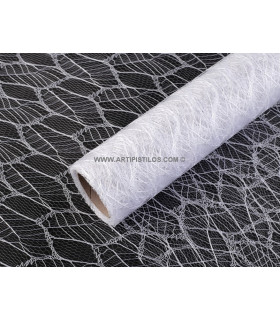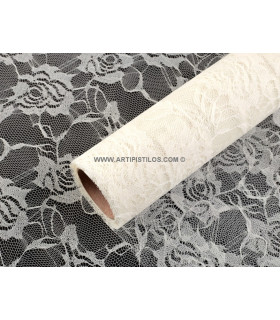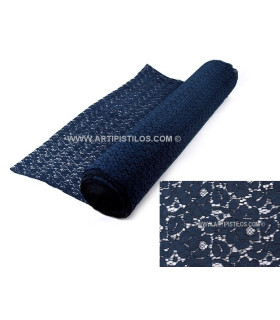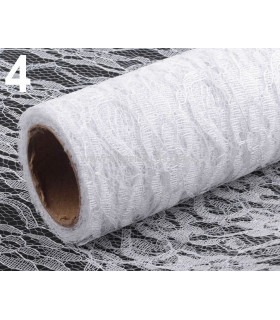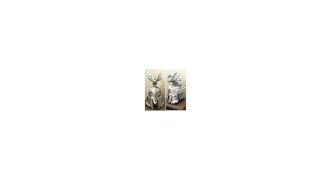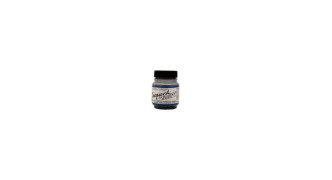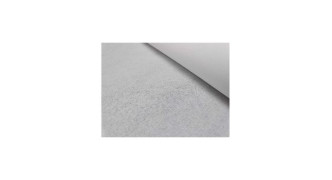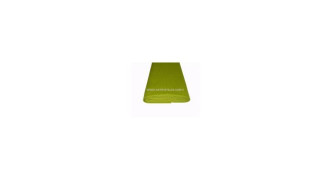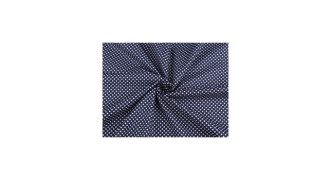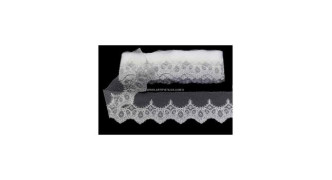GUIPURE
GET THE BEST GUIPURE LACE
We love guipure for the elegance and sophistication it adds to everything it's combined with. Hats are a great accessory to wear them with. For this, count on our rolls of guipure lace.
As you can see, this technique allows for a wide variety of designs. In this section, you'll have plenty to choose from, some more simple, others more elaborate, and in widths ranging from 45 cm to 135 cm. The choice of colors is not as varied, but you can find white guipure or blue guipure among others. Choose the one that best suits your needs and/or interests!
WHAT IS GUIPURE?
Guipure is a type of fabric made with bobbin lace, thicker than normal lace and including a mesh base. Depending on the technique used in its manufacture, it can be embroidered on different fabrics.
Guipure is usually made of cotton, silk, or viscose, although the more modern ones also use acrylic, spandex, or polyester. The result is a fabric that is quite resistant to wear. It is also very elastic, although to a greater or lesser degree depending on the amount of decorations and applications of the base.
The origins of this technique are uncertain, but it is known that the Egyptians were already making lace fabrics, although they probably looked different than they do today. What is certain is that guipure was made in Renaissance Europe. This technique was revalued when the French nobility of the 19th century made it fashionable, which is when it got its name.
Both lace in general, and guipure lace for dresses in particular, have become quite fashionable in recent years. And it's no wonder, as everything that features this fabric looks much more elegant and sophisticated. This is the reason why guipure wedding dresses are so popular. Tops can also be made with it, as well as designs for the chest or neck area, edgings for cuffs, or sleeves for a garment.
WHAT IS LACE?
Lace is a decorative and transparent fabric adorned with embroidery. Its name is related to how this fabric was made in the past, as it was produced between the edges of two parallel strips of canvas, as if it were 'fitted' between them.
It is important not to confuse lace with embroidery, with the former being the fabric that the lace maker crafts with thread and needle, as a support.
The historical origin of lace is in Renaissance Europe (16th century), it's not clear whether in Spain, Venice, or Flanders (current Netherlands). There are similar antecedents in ancient civilizations of the East.
In the 16th and 17th centuries, lace garments such as lechuguillas, ruffs, collars, volants on sleeve openings, or curtains became fashionable. This contributed to the development of this industry, which spread throughout the main European countries.



